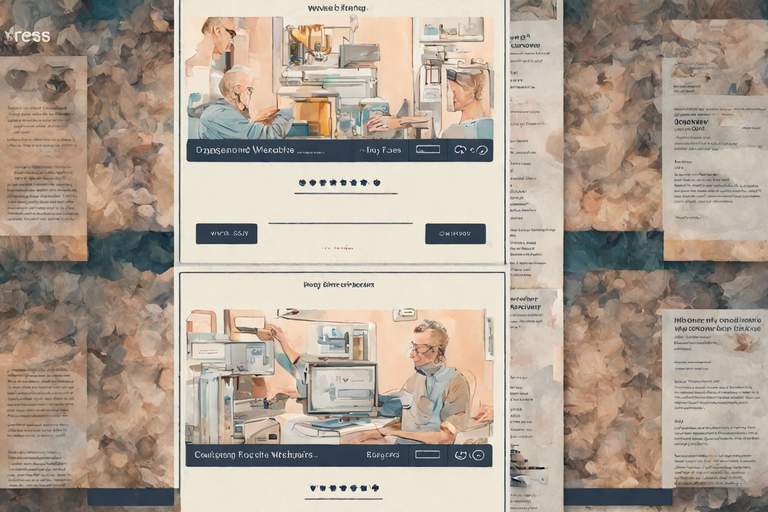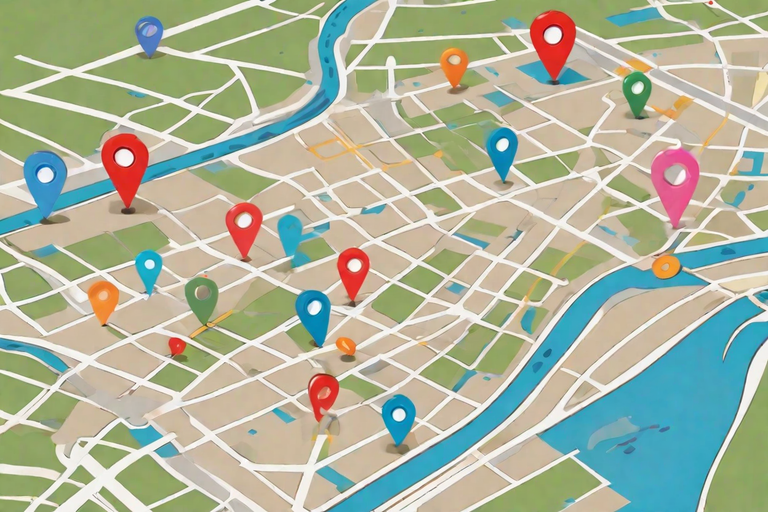User Experience (UX) design plays a pivotal role in the success of any website or digital product. It’s not just about making things look pretty; it’s about creating an environment where users can effortlessly interact with your content and, ultimately, take the desired actions—conversions. In this article, we will explore the critical role of UX design in boosting conversions and how you can harness its power to drive better results for your online presence.
Understanding UX Design
Before diving into the impact of UX design on conversions, it’s essential to have a clear understanding of what UX design encompasses. User Experience design is a multidisciplinary approach that focuses on enhancing the overall experience a user has with a digital product or website. It considers various aspects, including:
- Usability: Ensuring that the product is easy to navigate and use.
- Accessibility: Making sure that the product is usable by individuals with disabilities.
- Performance: Ensuring that the product loads quickly and operates smoothly.
- Consistency: Maintaining a uniform look and feel throughout the product.
- Relevance: Presenting content and features that are useful and valuable to the user.
- Intuitiveness: Designing in a way that users can easily understand how to interact with the product.
- Feedback: Providing users with clear feedback on their actions.
- Emotion: Evoking positive emotions in users while they interact with the product.
The Impact of UX Design on Conversions
Now, let’s explore how UX design can directly impact conversions on your website or digital product.
1. Reduced Bounce Rate: A well-designed and user-friendly website reduces the bounce rate, which is the percentage of visitors who leave your site without engaging further. A lower bounce rate means more visitors are staying to explore, increasing the likelihood of conversion.
2. Improved Navigation: Clear navigation and a logical information architecture guide users to the content or products they are looking for. When users can easily find what they need, they are more likely to convert.
3. Enhanced Mobile Experience: With the rise in mobile device usage, responsive and mobile-friendly design is crucial. A positive mobile UX ensures that users on smartphones and tablets can engage with your site effortlessly, leading to higher conversions.
4. Effective Calls to Action (CTAs): Well-designed CTAs that stand out and clearly communicate the desired action are essential for conversion. UX design ensures that CTAs are strategically placed and visually appealing.
5. Reduced Friction in the User Journey: UX designers work to identify and eliminate points of friction in the user journey. Simplifying processes such as registration and checkout can significantly impact conversion rates.
6. Improved Trust and Credibility: A professionally designed and trustworthy website instills confidence in users. When visitors trust your site, they are more likely to convert.
7. Faster Loading Times: Slow-loading websites can be frustrating and lead to high bounce rates. A streamlined and optimized UX design helps in reducing load times, improving the overall user experience, and, in turn, conversions.
8. A/B Testing and Iteration: UX design encourages an iterative approach to design. By conducting A/B tests and continuously improving the user experience, you can identify what works best for conversions.
9. Emotional Connection: Effective UX design takes into account the emotional aspect of user interaction. When users have a positive emotional experience on your site, they are more likely to convert and even become loyal customers.
10. Accessibility: Ensuring your website is accessible to all users, including those with disabilities, widens your potential customer base and can lead to more conversions.
How to Leverage UX Design for Conversions
To harness the power of UX design in boosting conversions, consider these strategies:
1. User Research: Understand your audience through user research. Identify their needs, pain points, and preferences to tailor your UX design accordingly.
2. Streamlined User Flow: Create a clear and streamlined user flow that guides users towards conversion goals, whether it’s making a purchase, signing up, or filling out a contact form.
3. Consistent Branding: Maintain a consistent brand image and design across your website to build trust and credibility.
4. Usability Testing: Regularly conduct usability testing to identify and resolve any issues or pain points in your website’s design.
5. A/B Testing: Experiment with different design elements, layouts, and content to determine what resonates most with your audience and drives better conversion rates.
6. Mobile Optimization: Ensure your site is fully optimized for mobile devices to cater to users who access your website on smartphones and tablets.
7. Speed Optimization: Prioritize website speed by optimizing images, minimizing code, and using a content delivery network (CDN) to ensure fast loading times.
8. Accessibility: Make your website accessible to all users, ensuring that everyone, regardless of disabilities, can engage with your content and convert.
9. Consistent Feedback: Provide users with clear feedback on their actions, such as successful form submissions or completed purchases.
10. Emotional Appeal: Consider the emotional aspect of your design. Use design elements, imagery, and content that resonate with users and create a positive emotional connection.
11. Conversion Funnel Analysis: Analyze your conversion funnel to identify drop-off points and make improvements accordingly.
Conclusion
The role of UX design in boosting conversions cannot be overstated. A well-thought-out user experience is a fundamental driver of successful online interactions. By investing in UX design, understanding your users, and continually optimizing your website or digital product, you can create an environment that not only engages users but also leads to higher conversion rates. The result is a win-win, where users enjoy a positive experience while your business reaps the benefits of increased conversions and growth.




